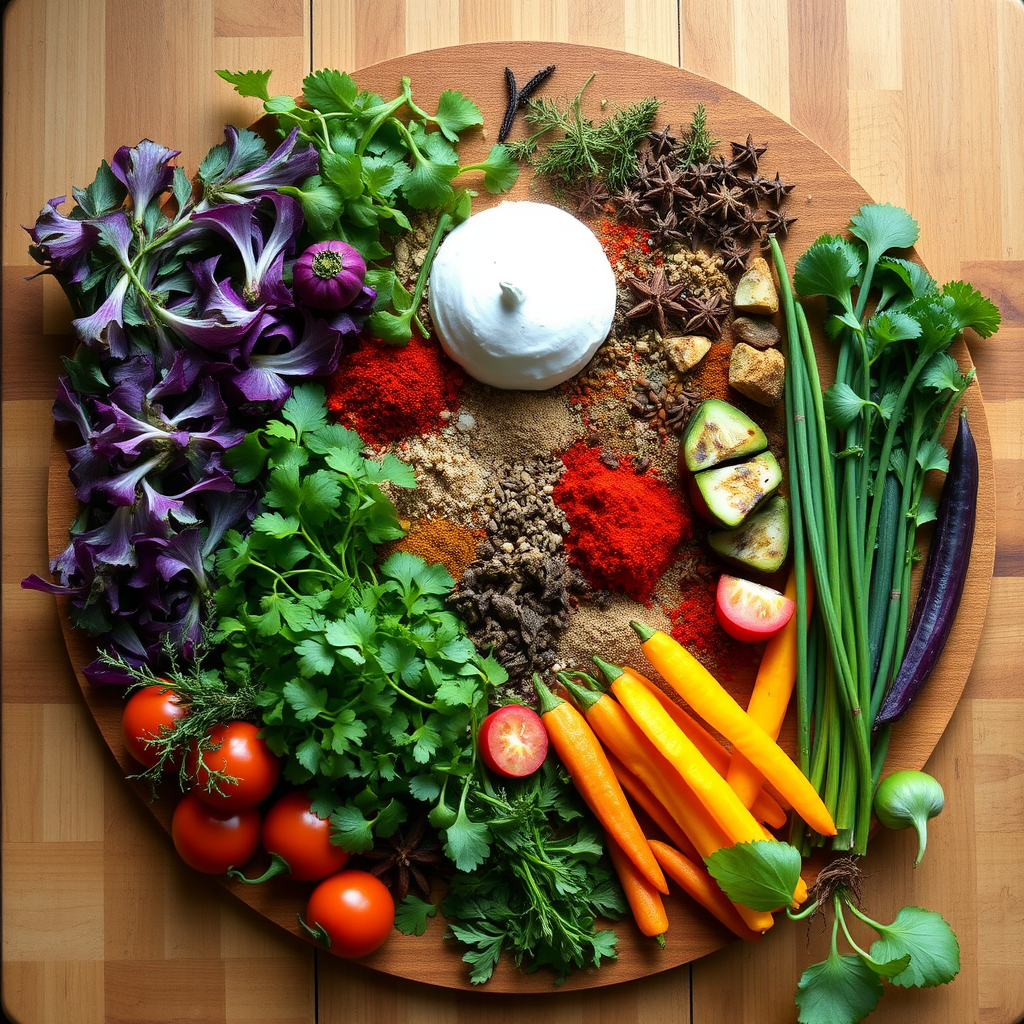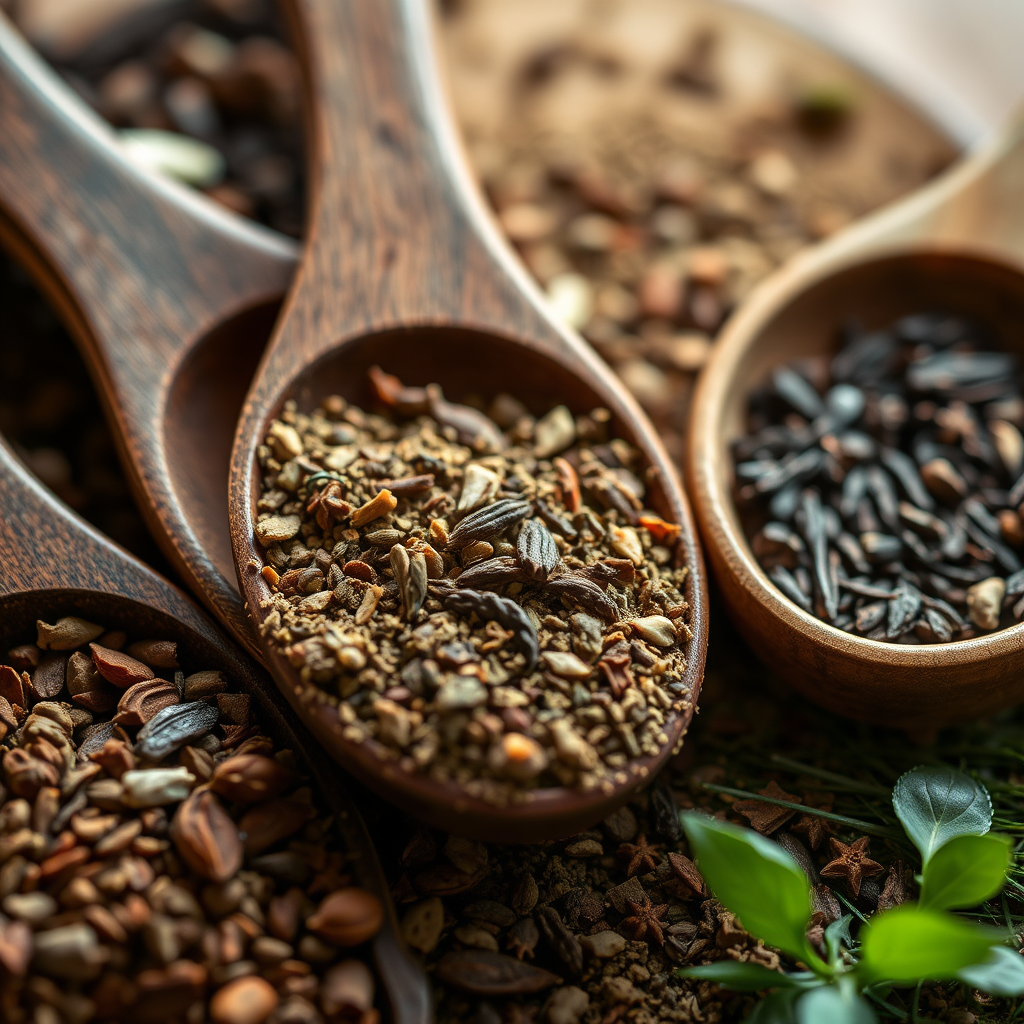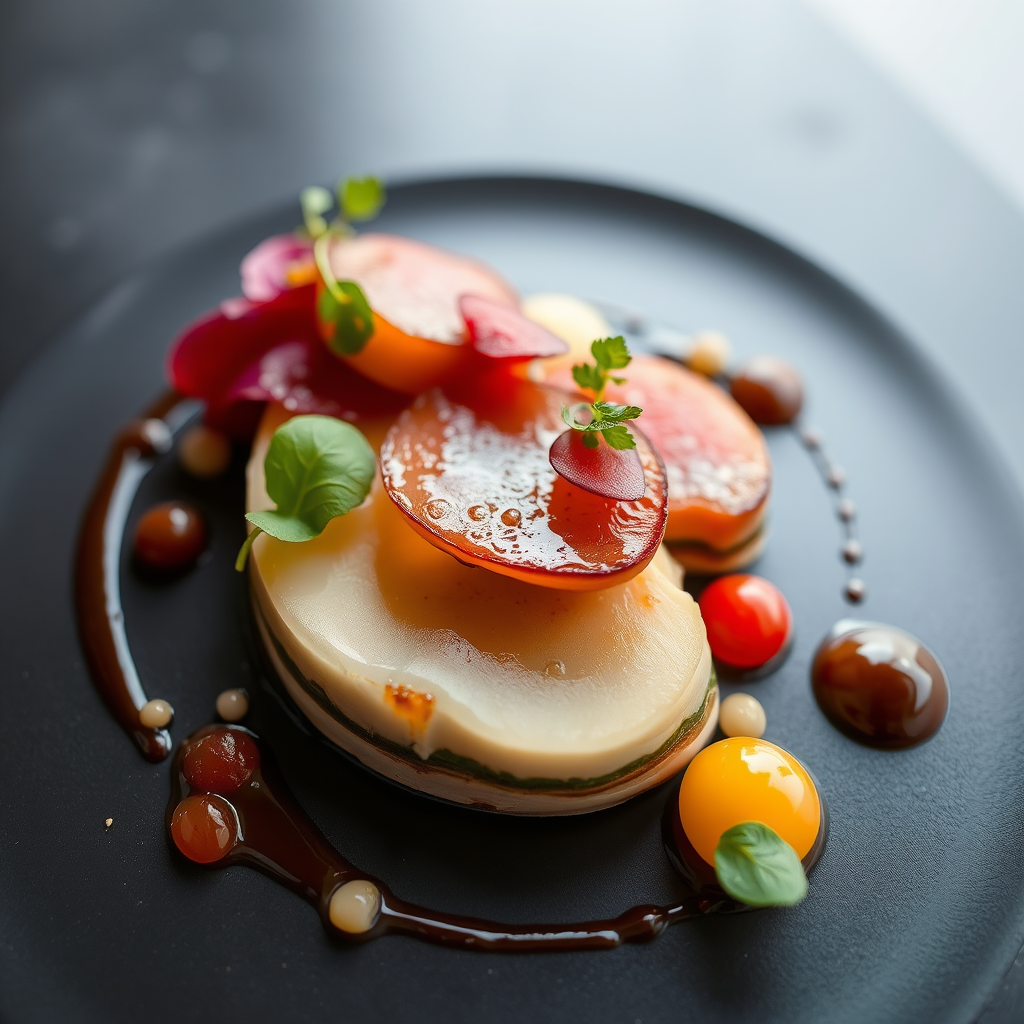The Art of Ingredient Pairing: Creating Perfect Flavor Combinations

In the culinary world, the magic happens not just in individual ingredients, but in the harmonious dance between flavors that creates an unforgettable sensory experience.
Creating perfect flavor combinations is both an art and a science, requiring an understanding of how different tastes, aromas, and textures interact on our palate. Like composing a musical piece, successful ingredient pairing involves balancing complementary and contrasting elements to create a symphony of taste that resonates with our senses.
Understanding the Five Taste Elements
The foundation of successful ingredient pairing lies in understanding the five basic tastes and how they interact. Sweet, sour, salty, bitter, and umami each play distinct roles in creating balanced flavor profiles.
The Science Behind Flavor Harmony
Successful ingredient pairing goes beyond taste alone. It involves understanding how volatile compounds interact, how temperature affects flavor perception, and how our brain processes complex sensory information. When ingredients share similar molecular compounds, they often pair beautifully together - this is why chocolate and coffee, both containing similar aromatic compounds, create such a harmonious combination.

Complementary Pairing Principles
- Contrast:Pairing opposite flavors like sweet and salty
- Complement:Enhancing similar flavor profiles
- Bridge:Using neutral ingredients to connect bold flavors
Texture: The Unsung Hero of Flavor Pairing
While taste often takes center stage, texture plays an equally important role in creating memorable culinary experiences. The contrast between creamy and crunchy, smooth and rough, or hot and cold can elevate a simple dish into something extraordinary. Consider how the crisp texture of toasted nuts enhances the smoothness of a creamy soup, or how the pop of caviar adds excitement to a delicate piece of fish.
Classic Pairing Examples That Work
Cheese & Honey
Salty richness meets floral sweetness
Chocolate & Chili
Sweet indulgence with spicy heat
Lemon & Herbs
Bright acidity enhances fresh aromatics
Building Complex Flavor Profiles
Creating sophisticated dishes involves layering flavors thoughtfully. Start with a base flavor, add complementary elements, introduce contrasting notes for interest, and finish with aromatic components that tie everything together. This approach transforms simple ingredients into complex, memorable experiences that engage all the senses.
The Layering Technique
Think of flavor building like creating a musical composition. Each ingredient should have its moment to shine while contributing to the overall harmony. Start with your dominant note - perhaps the richness of roasted vegetables - then add supporting flavors like herbs for freshness, acid for brightness, and fat for richness.
The key is balance and timing. Some flavors need time to meld together, while others should be added at the last moment to preserve their distinct character. Understanding when and how to introduce each element is what separates good cooking from extraordinary culinary experiences.

Your Flavor Journey Begins
Mastering ingredient pairing is a journey of discovery that engages all your senses. Start with simple combinations, trust your palate, and don't be afraid to experiment. Every great chef began with curiosity and a willingness to explore the endless possibilities that arise when ingredients come together in harmony.
Remember, the best flavor combinations often come from understanding tradition while having the courage to innovate and create your own culinary symphony.